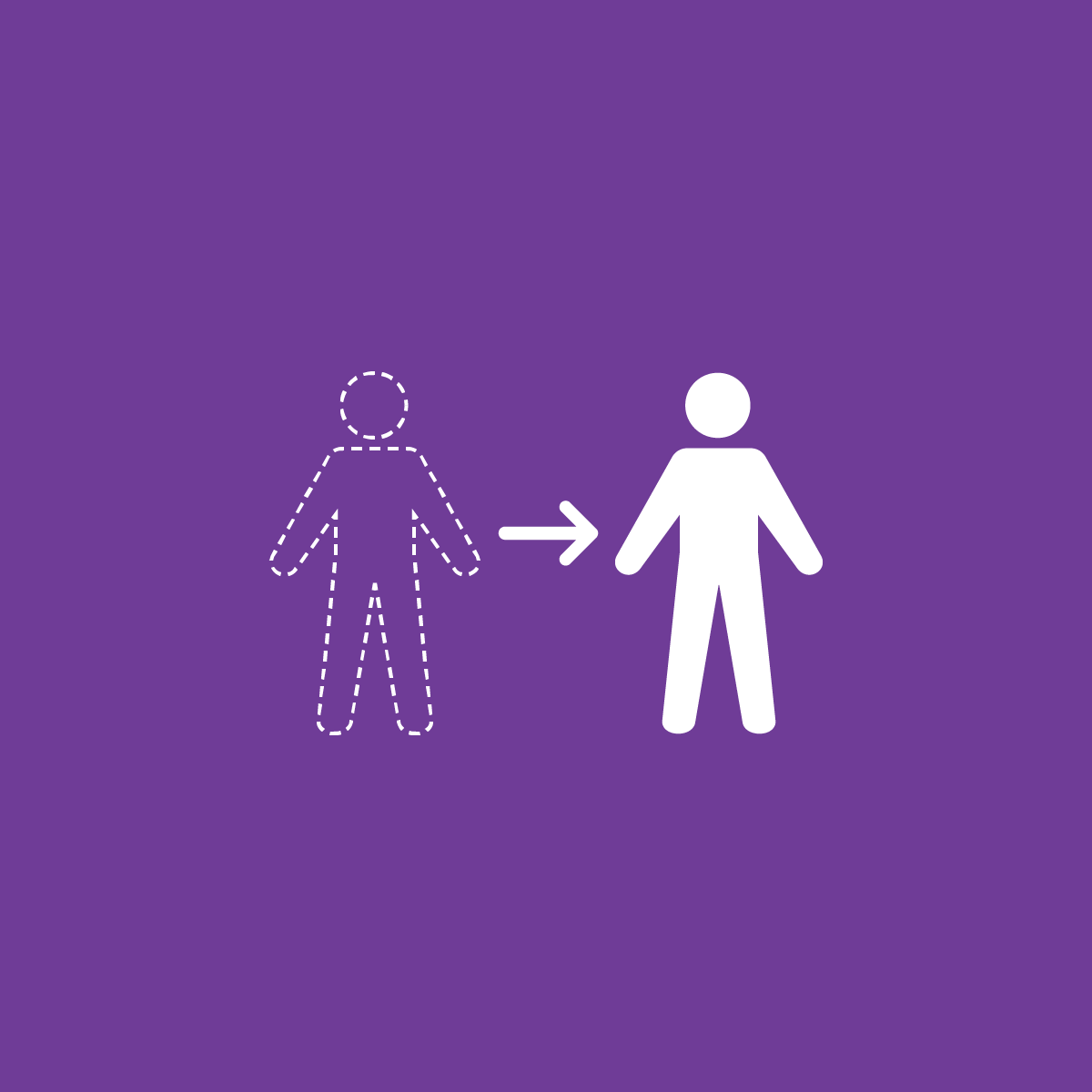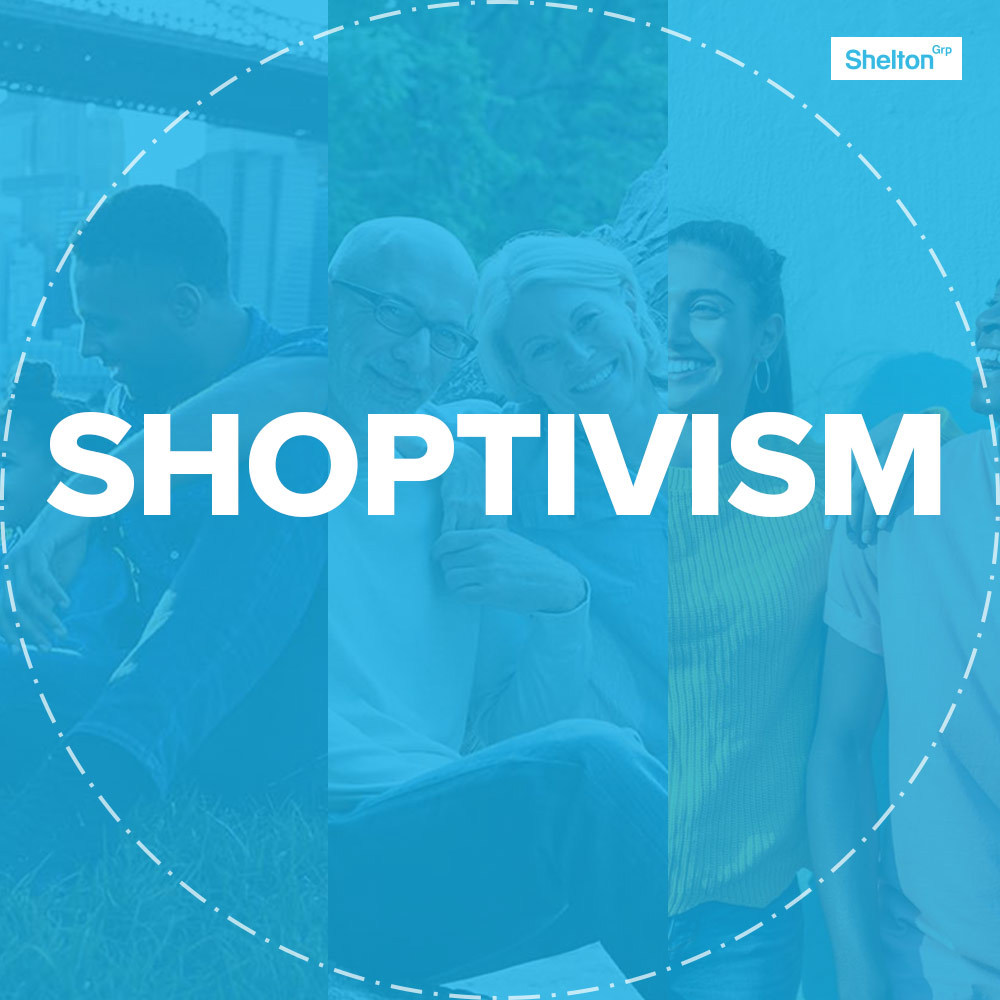It’s time to drive behavior change (again)
Shelton Stat of the Week
59% of Americans think manufacturers should take responsibility for the end of life of the products they manufacture.
Eco Pulse®, 2022
About 10-15 years ago, brands were really focused on changing behaviors. They said things like, “we realize that 80% of the environmental impact of our products comes from the consumer use of them.” So Unilever’s Axe brand talked about shower pooling, P&G launched a version of Tide specifically for washing in cold water, and J&J encouraged recycling in the bathroom (full disclosure: we were in on this one).
The whole “behavior change push” kind of took a backseat while companies worked on setting GHG reduction goals and science-based targets. But now it’s back.
This spring, Tide launched a big campaign about washing in cold water, Visa will now calculate the carbon footprint of your purchases, and Amazon has 350,000 products on its website that are designated as Climate Pledge Friendly (and that designation is driving 10% more page views across the board and higher conversion for at least one brand who talked about it at the Sustainable Brands conference). On the main stage at Sustainable Brands, in fact, Sally Uren of Forum for the Future flat out said, “the pursuit of Net Zero without bringing people along is shallow.”
In other words, if we’re going to solve the climate crisis, we’re going to have to do the work together.
Now, as our stat of the week above suggests, most folks think it’s really up to makers of products to ensure they’re sustainable. And data from our 2020 Eco Pulse survey reveals that 79% of Americans feel no or only moderate control over their carbon footprint. So, most of us don’t feel like we really can make a difference when it comes to reducing our impact on the planet. Hence it’s critical to fund campaigns telling them otherwise AND giving them simple steps to create change.
Shelton Group has worked in this space for quite a while and we’re at it again, convincing people to air-seal their homes.
Air-sealing is a simple task that can have some pretty positive impacts on the comfort of your home, your energy bills and climate change. So why don’t more people do it?
Our insights revealed that while most Americans might not be motivated to give up a couple hours on a Saturday to save a few bucks on their energy bill, they might do it to stop pests and drafts from coming in. Especially if they know what to do. Hence a newly launched campaign was born: See it. Feel it. Seal it. Check out the spots here, or encounter them in the wild (they’ll be running regionally, and at a heightened pace when the weather gets cold.)
We just launched the campaign, so we don’t know the results yet. But we’re betting on the fact that most consumers connect with humor and educating on approachable behavior change that leads to real results can be a great way to motivate. (Remember when saving energy was as easy as changing a light bulb? Now LEDs are standard, and we’re never looking back.)
We hope you meet our cute, helpful seal with a Norwegian-ish accent and get motivated to reach for the weather stripping and a tube of caulk. If you do, let us know!

— The Hill
Accessibility and convenience are key to behavior change. This piece by The Hill explains the oversight of not including sustainable practices in the White House hunger plan and how this will continue to incentivize convenience over health and sustainable food options with price disparity at checkout.

Behavior change is essential to address the climate emergency
— Phys.org
While we focus on Americans, that doesn’t mean that our neighbors across the pond aren’t undergoing the same problems. This Phys.org article details how the younger generations in the UK are pushing for behavior change in an attempt to reach net zero targets.
Shoptivism: Why Consumers (& Job Seekers) Opt In & Out of Today’s Brands
Every year we ask Americans if they’ve ever intentionally purchased or not purchased a product or service based on the social or environmental record of the manufacturer. We then ask everyone who says “yes” to name the brand. Those who say “yes” and can give an example of a brand unaided? We call them shoptivists.
But who are these “shoptivists?”
Our latest report answers this question with three distinct consumer profiles, including details on their mental models, their shopping patterns, the messages that resonate, and where to find them.


-
-
TAGS:Corporate Sustainability, Energy & Environmental Marketing